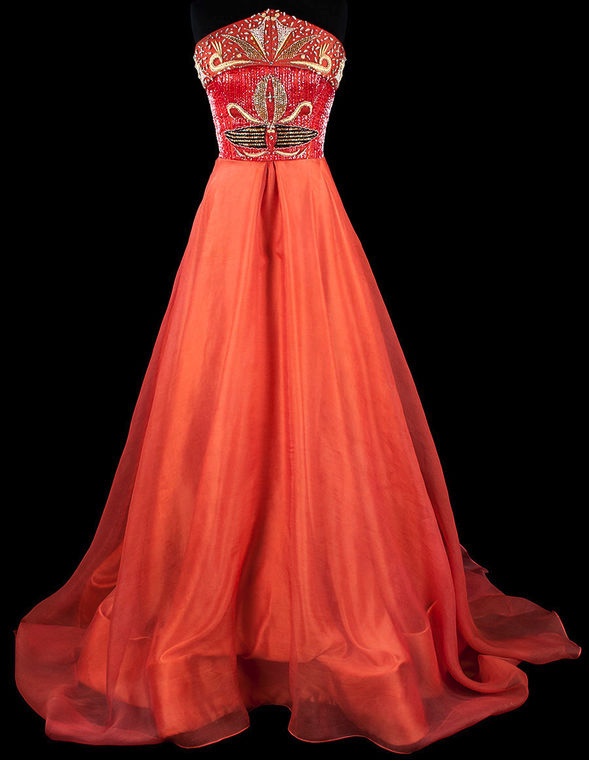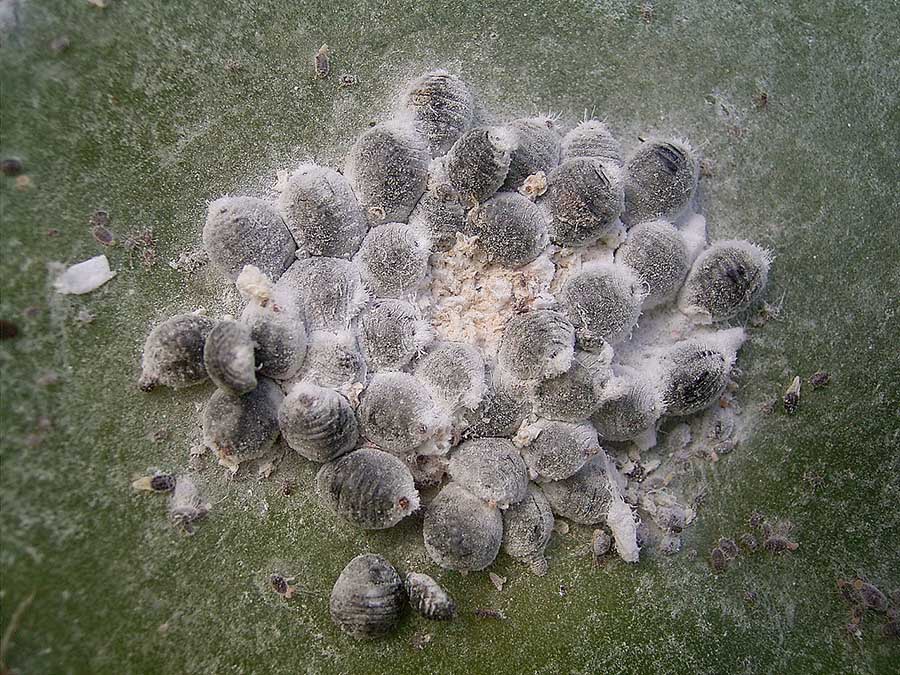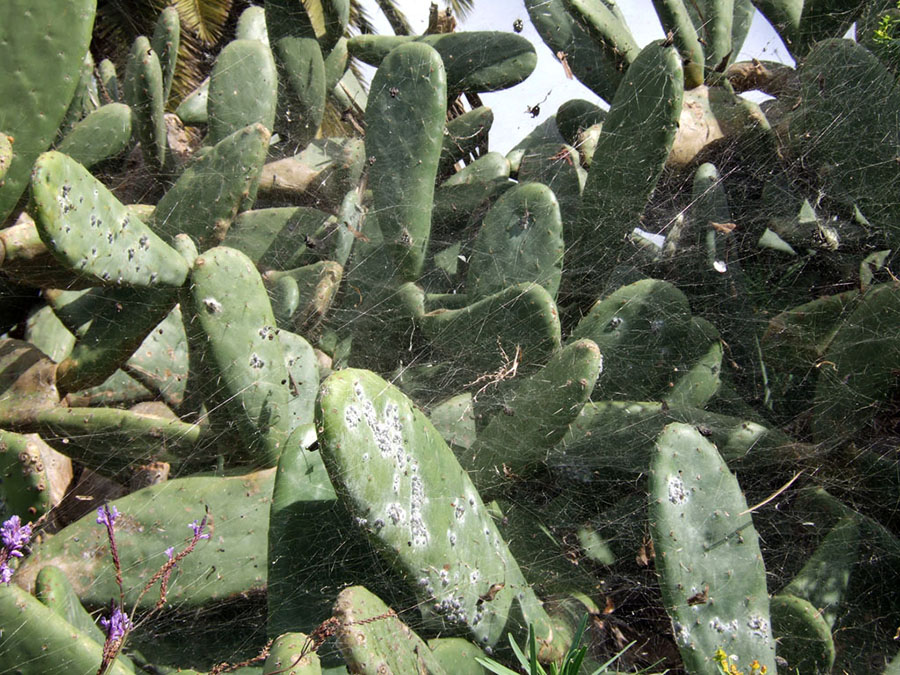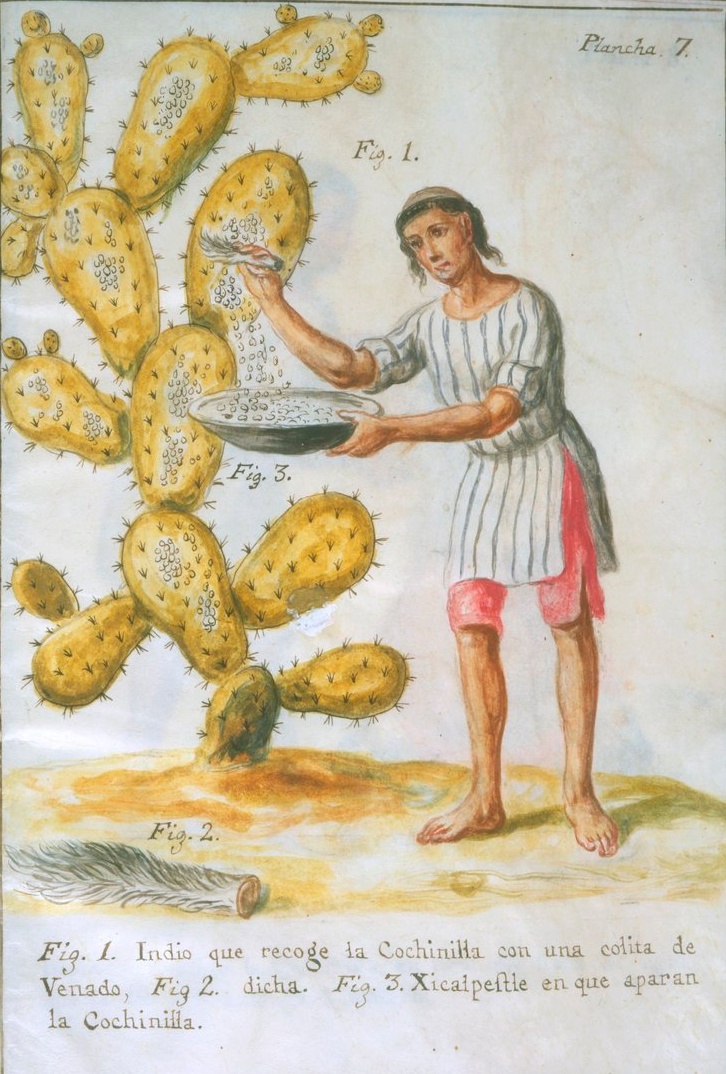November 5th We Visited To See "The Red That Colored The World"

Welcome to Bowers
We went to visit the display and it was quite interesting. No photography was allowed so we can't share the materials and clothes that were treated with the resulting dye.
Red— that fiery hue that inspires feelings of anger, lust, passion, and violence— has been ever-present in many forms of art, as historians have shown. And its use stems farther back than we imagine, even before the 16th century when Spanish conquistadors encountered the cochineal bug and the juice it produces— a deep carmine red dye.
Since then, the bug's dye has been used to in everything from food dye to lipstick, and has seeped into creating symbolism in paintings, sculpture, fashion, and more. Check out many examples of crimsoned works of art in the new Bowers Museum exhibit 'The Red That Colored The World,' co-organized by the Santa Fe Museum of International Folk Art which centers its scope on how the tiny bug's juice changed art from Mexico to the U.S. to Europe and beyond.

The Bug That Started It All
Carminic acid is extracted from the female cochineal insects and is treated to produce carmine, which can yield shades of red such as crimson and scarlet. The body of the insect is 19–22% carminic acid.
Did You Know? - News reports like to dwell upon phrases like "smashed up wings and finely ground legs," but the stuff we call cochineal is a chemical extract from squished female cochineal scales. The insects are crushed and the pigment is extracted. No actual bug "parts" are left in the dye; it's literally bug juice.
The insects are processed by immersion in hot water or exposure to sunlight, steam, or the heat of an oven. Each method produces a different colour that results in the varied appearance of commercial cochineal. The insects must be dried to about 30% of their original body weight before they can be stored without decaying. It takes about 80,000 to 100,000 insects to make one kilogram of cochineal dye.


Group on a cactus leaf

They get on almost every leaf... Really a pain to harvest
A nopal cactus farm for the production of cochineal is traditionally known as a nopalry. The two methods of farming cochineal are traditional and controlled. Cochineals are farmed in the traditional method by planting infected cactus pads or infesting existing cacti with cochineals and harvesting the insects by hand. The controlled method uses small baskets called Zapotec nests placed on host cacti. The baskets contain clean, fertile females that leave the nests and settle on the cactus to await fertilization by the males. In both cases, the cochineals must be protected from predation, cold, and rain.

Harvesting by hand in the 1700's
Did You Know? - Health fears over artificial food additives, however, have renewed the popularity of cochineal dyes, and the increased demand has made cultivation of the insect profitable again, with Peru being the largest exporter.